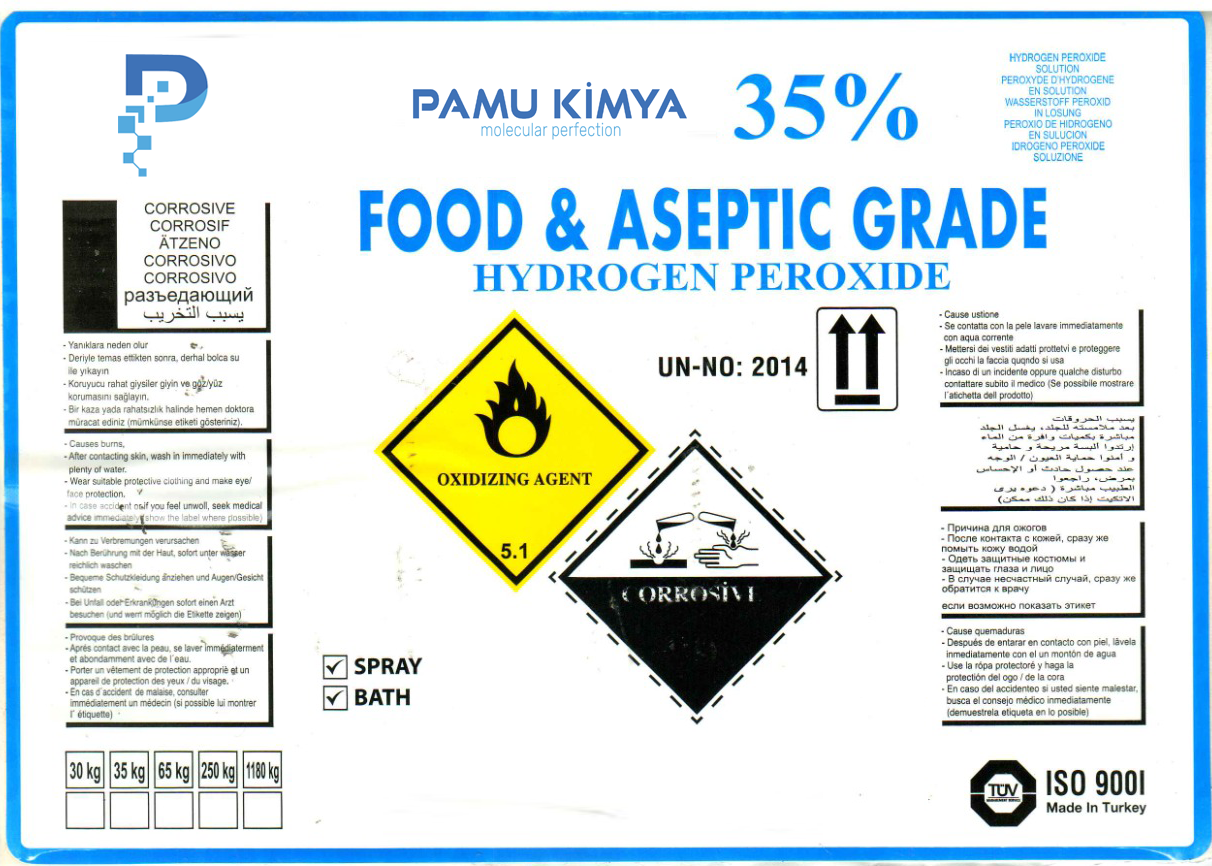
Ammonium
Ammonium is defined in chemistry as a positively charged ion represented by the formula NH4+. The ammonium ion is formed by the combination of an ammonia molecule (NH3) with a hydrogen ion (H+). Ammonium has an important place in both organic and inorganic chemistry and is used in many industrial applications.
Chemical Properties of Ammonium
Ammonium has a tetrahedral structure, with four hydrogen atoms bonded to one nitrogen atom. It is electrically positively charged and therefore usually forms salts by pairing with an anion (negative ion). The most common ammonium compounds include ammonium chloride (NH4Cl) and ammonium sulfate [(NH4)2SO4].
The basic properties of the ammonium ion are:
-
Behavior in aqueous solutions: Ammonium ion can create a slightly acidic environment when dissolved in water.
-
Sensitivity to heat: Some ammonium salts may form ammonia gas and acid when heated.
The Role of Ammonium in Nature and Industry
1. Its Role in Nature
Ammonium is found in nature as part of the nitrogen cycle. Microorganisms living in the soil produce ammonia during the decomposition of organic matter, and this ammonia is converted into ammonium ions. Ammonium is an important source of nitrogen for plants and is necessary for basic biochemical processes such as photosynthesis.
2. Industrial Applications
Ammonium is used in a wide variety of industrial applications:
-
Fertilizer production: Compounds such as ammonium sulfate and ammonium nitrate are commonly used fertilizers in agriculture. These compounds provide nitrogen to ensure rapid growth of plants.
-
Chemical manufacturing: Ammonium compounds are used as reagents in various chemical reactions.
-
Pharmaceutical industry: Ammonium compounds are used as solvents or intermediates in the production of drugs.
-
Water purification: Ammonium ions help remove contaminants in water purification processes.
Environmental and Health Effects of Ammonium
The environmental effects of ammonium can be significant, especially when it accumulates heavily in water sources. High concentrations of ammonium can reduce oxygen levels in aquatic ecosystems and can be harmful to aquatic life such as fish.
From a health perspective, low levels of ammonia are generally harmless. However, exposure to high levels can cause skin irritation, respiratory problems, or stomach upset. Breathing in ammonia gas can cause serious health problems, especially in sensitive individuals.
Ammonium and Safety
The following safety precautions should be taken when working with ammonium compounds:
-
Work in a well-ventilated area.
-
Wear gloves and safety glasses.
-
Keep chemicals out of reach of children.
Conclusion
Ammonium is critically important in both natural cycles and industrial applications. Used in many areas from fertilizer production to the pharmaceutical industry, this chemical can be beneficial when used carefully, but can be environmentally and health-related risks when mismanaged. Proper management and safe use of ammonium is of great importance for both the environment and human health.















